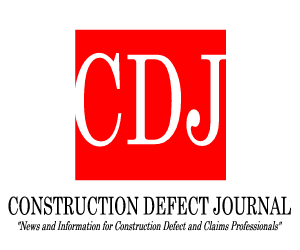
Miami and Sunny Isles Beach have announced they will audit older structures in their communities “ahead of the mandatory 40-year recertification,” the Miami Herald reported.
On Thursday, the Champlain Towers South Condo building in Surfside, Florida suffered a partial collapse. As of Monday morning, the official death toll stood at 10 with 151 persons unaccounted for, according to the Miami Herald.
NPR uncovered minutes from a November 15th, 2018 Chaplain Tower South Condominium Association board meeting where the inspector made assurances that “the building was ‘in very good shape.’” However, “an engineering report from five weeks earlier” alleged “that failed waterproofing in a concrete structural slab needed to be replaced ‘in the near future.’” Daniella Levine Cava, the Miami-Dade County mayor, told reporters that “officials ‘knew nothing’ about the report.”
The New York Times on Sunday reported that experts looking at video footage of the incident believe that the cause is centered on a location “in the lowest part of the condominium complex — possibly in or below the underground parking garage — where an initial failure could have set off a structural avalanche.” The cause of the incident remains unclear, however. This “progressive collapse” could have been caused by a number of different factors “including design flaws or the less robust construction allowed under the building codes of four decades ago.”
A witness, according to the New York Times, saw a hole appear near the pool: “Michael Stratton said his wife, Cassie Stratton, who is missing, was on the phone with him and was looking out through the window of her fourth-floor unit when, she told him, the hole appeared. After that, the call cut off.”
Possible reasons for the “initial failure at the bottom of the building could include a problem with the deep, reinforced concrete pilings on which the building sits — perhaps set off by an unknown void or a sinkhole below — which then compromised the lower columns. Or the steel reinforcing the columns in the parking garage or first few floors could have been so corroded that they somehow gave way on their own. Or the building itself could have been poorly designed, built with substandard concrete or steel — or simply with insufficient steel at critical points.”
"It will take many months to complete the analysis necessary to understand the cause or causes of the collapse,” Eric Ruzicka, a partner at the international law firm Dorsey & Whitney and a commercial litigator who specializes in the area of construction and real estate litigation, stated in a media release. “Often, information that comes out early can be very misleading or misunderstood unless the full context of the information is known.”
Ruzicka explained that Florida’s statues of limitations and repose may be relevant. “These statutes will likely eliminate the liability of those involved in the original development, design and construction of the building. Rather, victims and their families' recovery will be limited to those involved in the building's maintenance and those assessing the condition of the building over the past four years.”
Miami and Sunny Isles Beach have announced they will audit older structures in their communities “ahead of the mandatory 40-year recertification,” the Miami Herald reported.




